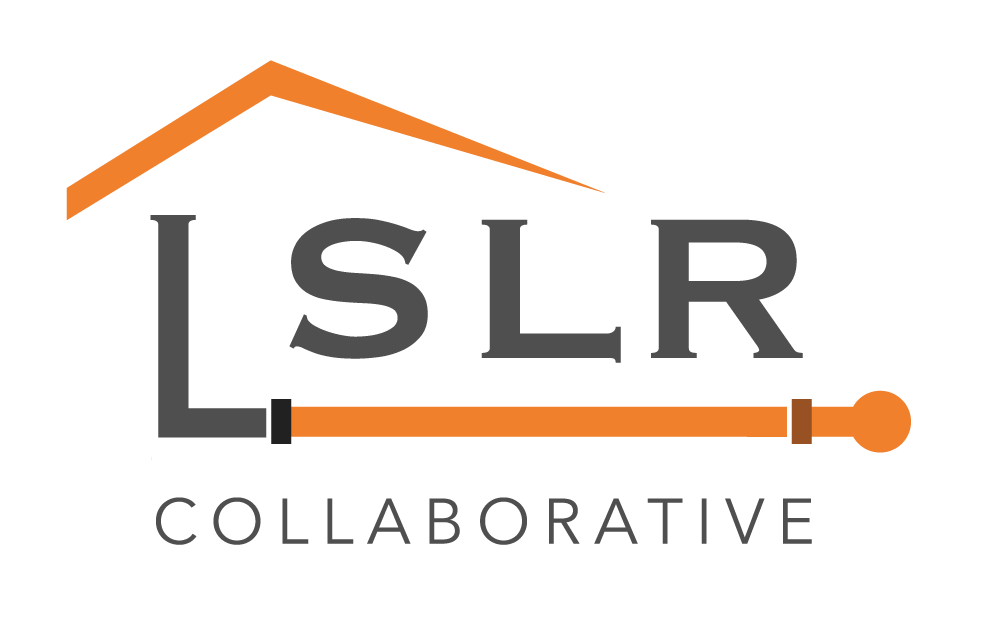|
Trenton Daily
Drew Mumich Read the full article. Trenton Water Works (TWW), the 200-year-old public water system operated by the City of Trenton, has removed 25 percent of lead services (lead pipes) from its water-distribution system, including at private homes. TWW began removal in February 2020 with an inventory of 31,791 lead services in the system. Since then, TWW used four vendors and six publicly awarded contracts to replace 8,008 lead services with safer copper lines in its system and at private homes in Trenton, Hamilton Township, Lawrence Township, and Ewing Township. TWW funds its Lead Service Line Replacement Program (LSLRP) with state grants and loans featuring forgivable principal from the N.J. Infrastructure Bank (I-Bank), which enables municipalities to make critical investments in public infrastructure. To date, TWW’s LSLRP has received $50 million to fund the program’s five phases, $21.5 million of which will be forgiven by the I-Bank. TWW estimates completion of the LSLRP to cost $150 million more over six years. Comments are closed.
|
Have a suggestion for an article or blog to add?
Let us know! Type
All
Date
April 2023
|


 RSS Feed
RSS Feed